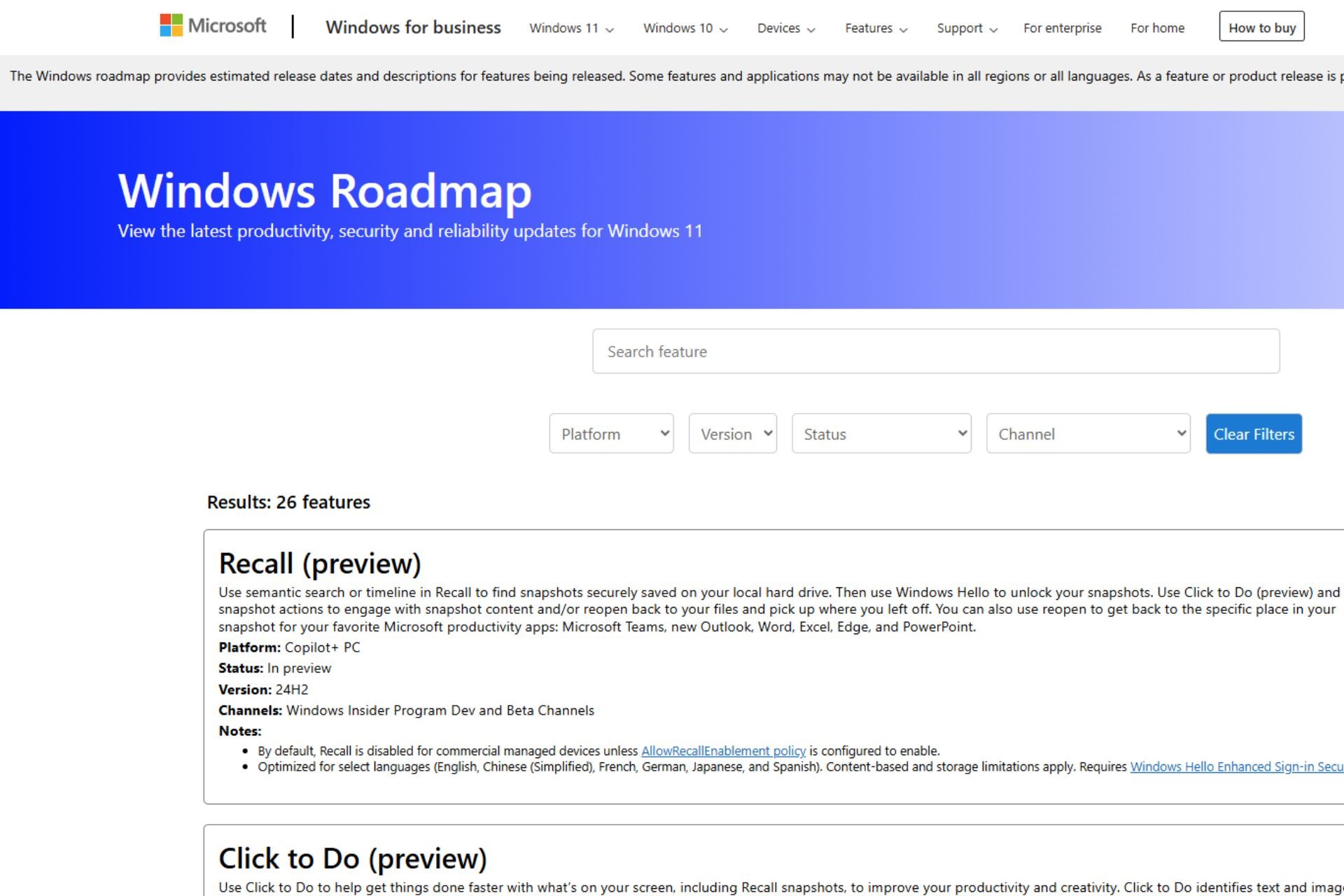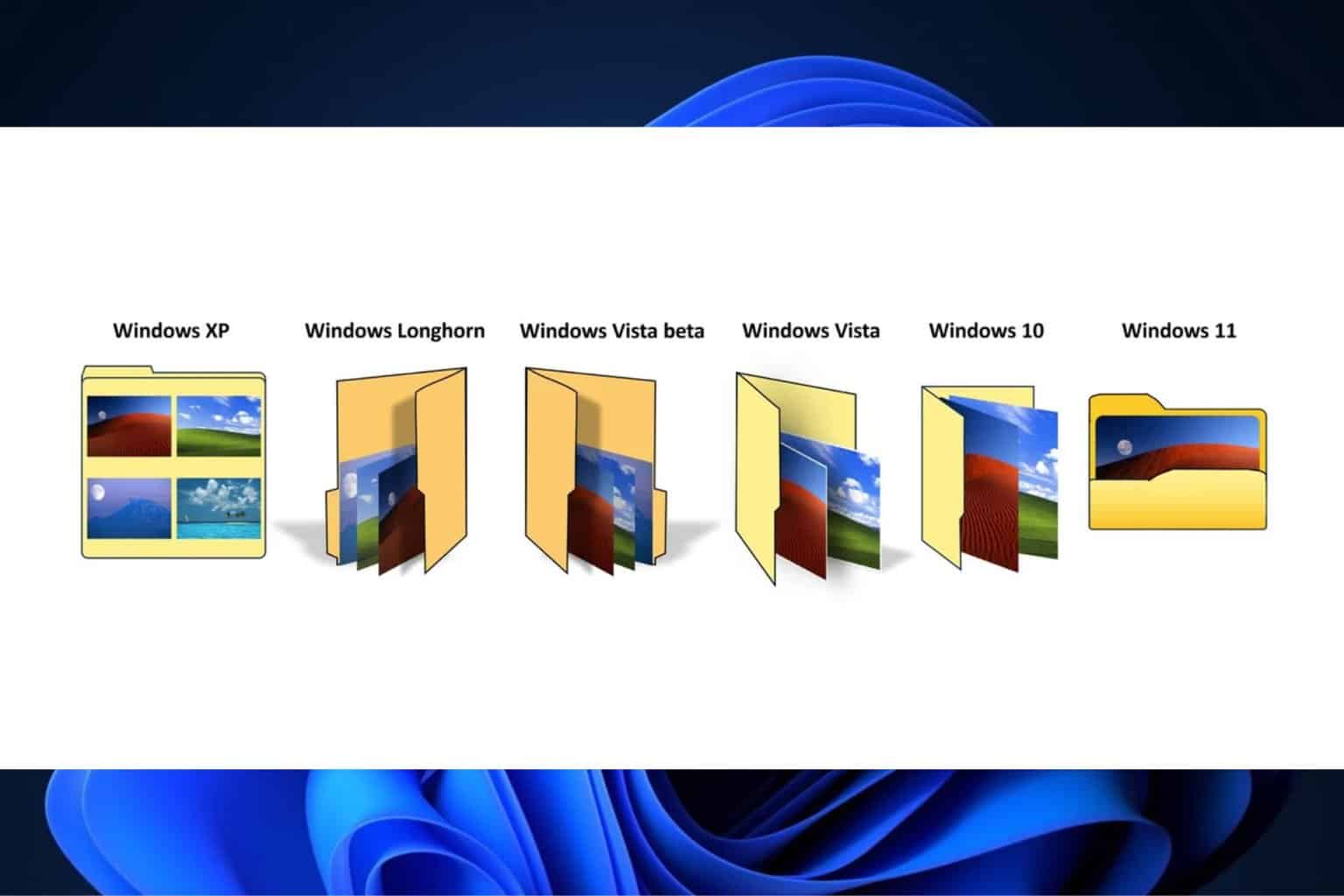Microsoft's new camera tech allows low-end cameras to capture high-resolution images with incredible detail
It can also be used on an array of other cameras.
2 min. read
Published on
Read our disclosure page to find out how can you help Windows Report sustain the editorial team. Read more

Microsoft is developing a technology that allows low-end cameras to capture high-resolution images with great detail. The technology uses a sparse Bayer system to arrange the camera’s sensor pixels.
Imagine a camera similar to the one you might have on your phone but with a unique twist. This camera has a sensor designed with a sparse Bayer pattern. Simply put, it’s a way of arranging the red, green, and blue pixels on a camera sensor, but with fewer colour pixels and more monochrome ones, which are great for capturing light and detail.
As this camera snaps away, taking multiple images, the technology does something else behind the scenes. It also gathers data from an Inertial Measurement Unit (IMU) for each image captured. This IMU data is like a secret ingredient, telling the user the exact pose of the camera for each shot.
Why does this matter, you ask? The technology can feed the images and IMU data into a clever motion model system with this information.
This motion model is where the magic happens. It uses the IMU data to align and filter the images over time, creating separate images for red, green, and blue colours. Combining these colour-specific images can produce a high-resolution colour image that’s clearer and more detailed than any original shots.
In the patent, Microsoft explains that this technology has been mainly designed for VR/AR devices. If we follow the recent patent that unveiled some design plans for a potential VR/AR headset, this technology may be implemented in the future Hololens 3.
Still, it can enhance a variety of other cameras, such as scanning, visible, low-light, thermal imaging, UV, and any other kind of camera system, from virtual to depth cameras.
This means the technology can capture highly accurate images in places where light doesn’t provide a proper setting. As you can imagine, its applications vary, from perfectly captured night images to mapping the ocean floor.
You can more about Microsoft’s camera technology here.








User forum
1 messages